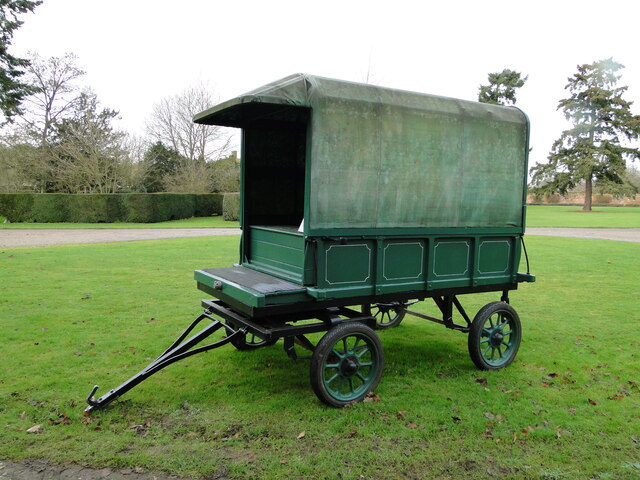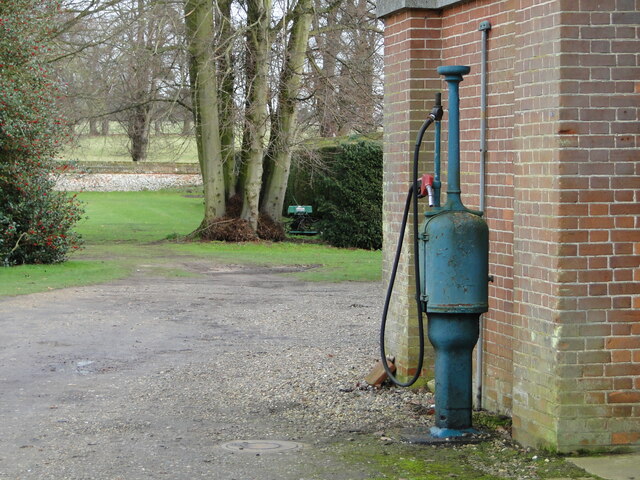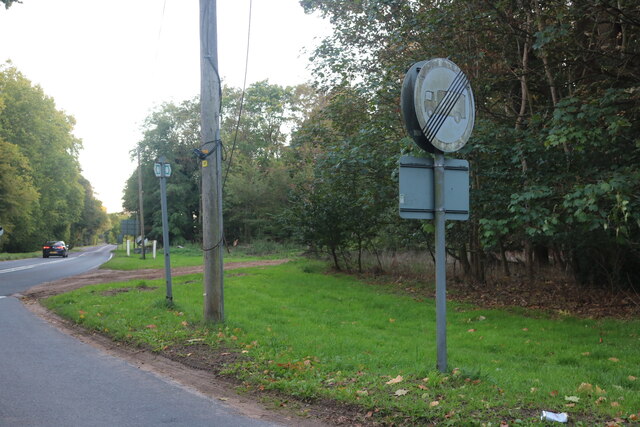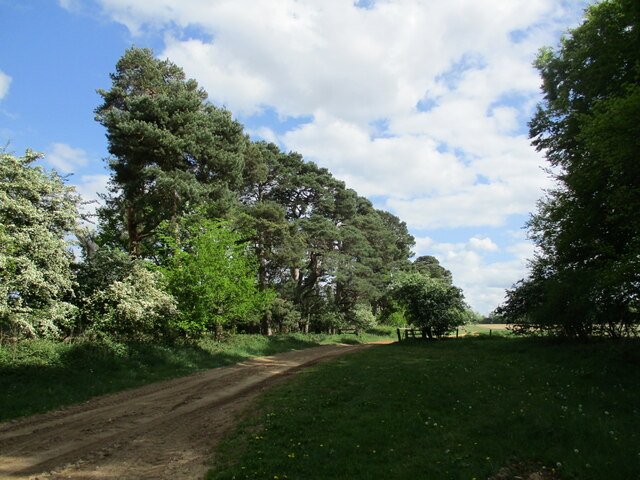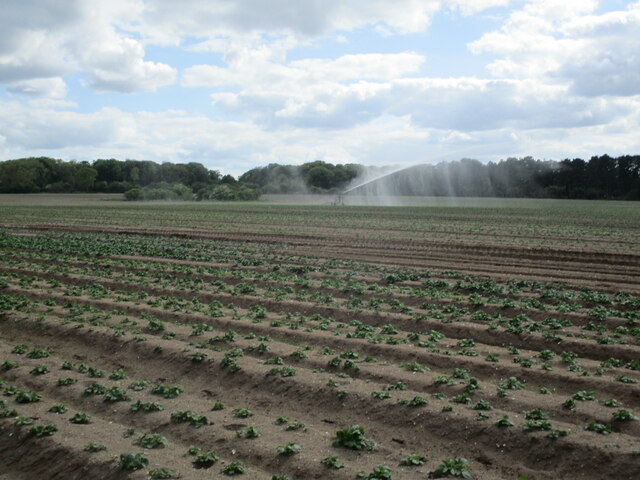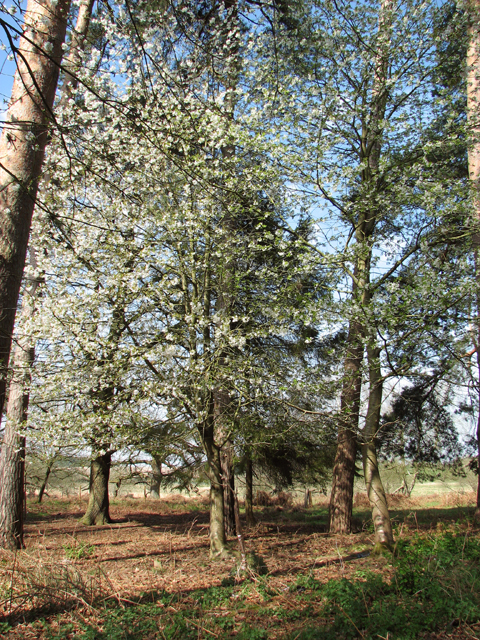Gravelpit Plantation
Wood, Forest in Suffolk West Suffolk
England
Gravelpit Plantation
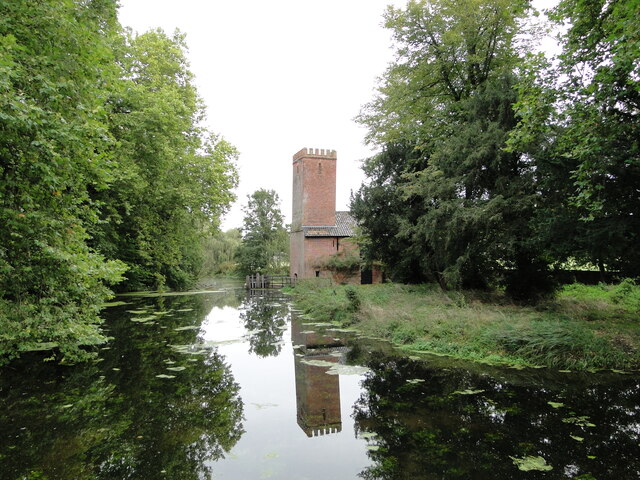
Gravelpit Plantation, located in Suffolk, England, is a picturesque woodland area known for its natural beauty and historical significance. Spanning over several acres, this enchanting forest is a popular destination for nature enthusiasts, hikers, and history buffs.
The plantation boasts a diverse range of flora and fauna, making it a haven for wildlife. Towering oak, beech, and pine trees dominate the landscape, creating a dense canopy that filters sunlight and provides a serene atmosphere. The forest floor is adorned with a carpet of wildflowers, adding vibrant pops of color to the scenery.
The history of Gravelpit Plantation dates back several centuries. It was originally established as a working plantation, providing timber for construction and fuel. The remnants of old sawmills and charcoal pits can still be found within the woodland, serving as a testament to its industrial past.
Today, the plantation is managed by a local conservation organization, which ensures the preservation of its natural beauty while allowing visitors to explore its trails and pathways. The network of well-maintained footpaths offers an opportunity to immerse oneself in the tranquility of the forest, with occasional glimpses of wildlife such as deer, foxes, and a variety of bird species.
Gravelpit Plantation also provides educational opportunities, with guided tours and informative displays highlighting the historical and ecological significance of the area. Visitors can learn about the processes of sustainable forestry and the importance of woodland conservation.
Whether one seeks a peaceful retreat in nature, a glimpse into the past, or an educational adventure, Gravelpit Plantation in Suffolk offers a captivating experience for all.
If you have any feedback on the listing, please let us know in the comments section below.
Gravelpit Plantation Images
Images are sourced within 2km of 52.384759/0.79696498 or Grid Reference TL9079. Thanks to Geograph Open Source API. All images are credited.

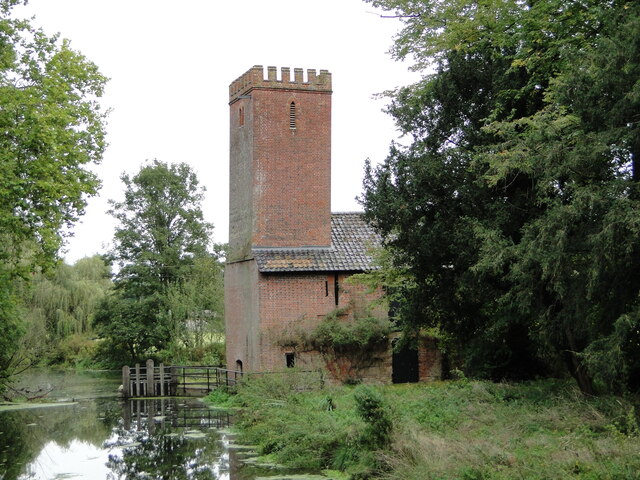
Gravelpit Plantation is located at Grid Ref: TL9079 (Lat: 52.384759, Lng: 0.79696498)
Administrative County: Suffolk
District: West Suffolk
Police Authority: Suffolk
What 3 Words
///caressed.owner.roost. Near Thetford, Norfolk
Related Wikis
Euston, Suffolk
Euston is a village and civil parish in the West Suffolk district of Suffolk in eastern England. Located on the A1088 around two miles south of Thetford...
Euston Hall
Euston Hall is a country house, with park by William Kent and Capability Brown, located in Euston, a small village in Suffolk located just south of Thetford...
Barnham Heath
Barnham Heath is a 78.6-hectare (194-acre) biological Site of Special Scientific Interest near Barnham, a village south of Thetford in Suffolk. It is a...
Rushford, Norfolk
Rushford is a small village in the civil parish of Brettenham, in the Breckland district, in the county of Norfolk, England. It is situated on the north...
Barnham, Suffolk
Barnham is a village and civil parish in the West Suffolk district of the English county of Suffolk about 3 miles (4.8 km) south of Thetford and 9 miles...
Fakenham Magna
Fakenham Magna (or Great Fakenham) is a village and civil parish in the West Suffolk district of Suffolk in eastern England. The meaning of the word 'Fakenham...
Fakenham Wood and Sapiston Great Grove
Fakenham Wood and Sapiston Great Grove is a 200.7-hectare (496-acre) biological Site of Special Scientific Interest north of Sapiston in Suffolk.These...
Thetford Bridge railway station
Thetford Bridge railway station served the eastern part of Thetford, Norfolk, England between 1875 and 1953. == History == The railway line between Bury...
Nearby Amenities
Located within 500m of 52.384759,0.79696498Have you been to Gravelpit Plantation?
Leave your review of Gravelpit Plantation below (or comments, questions and feedback).
